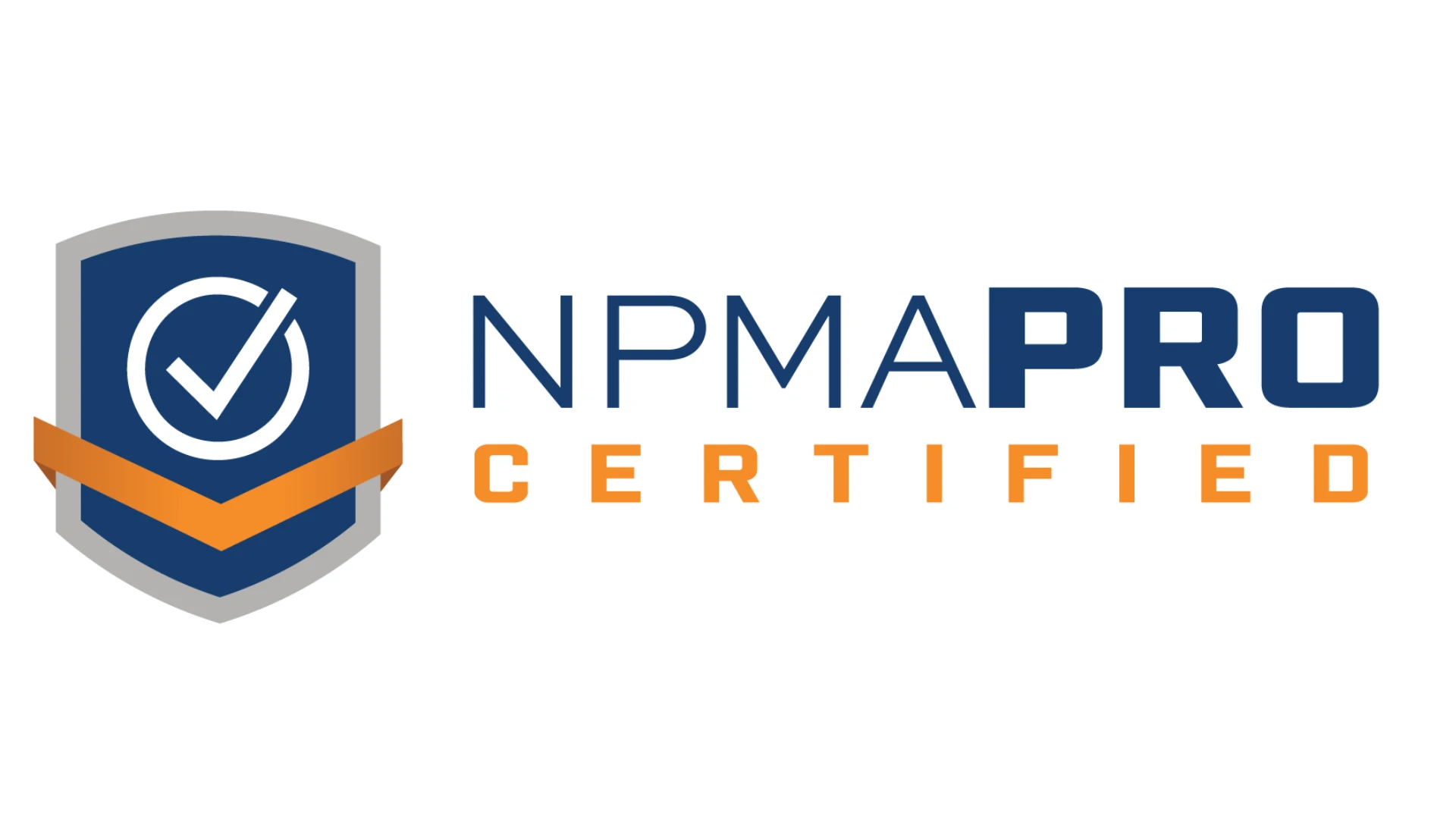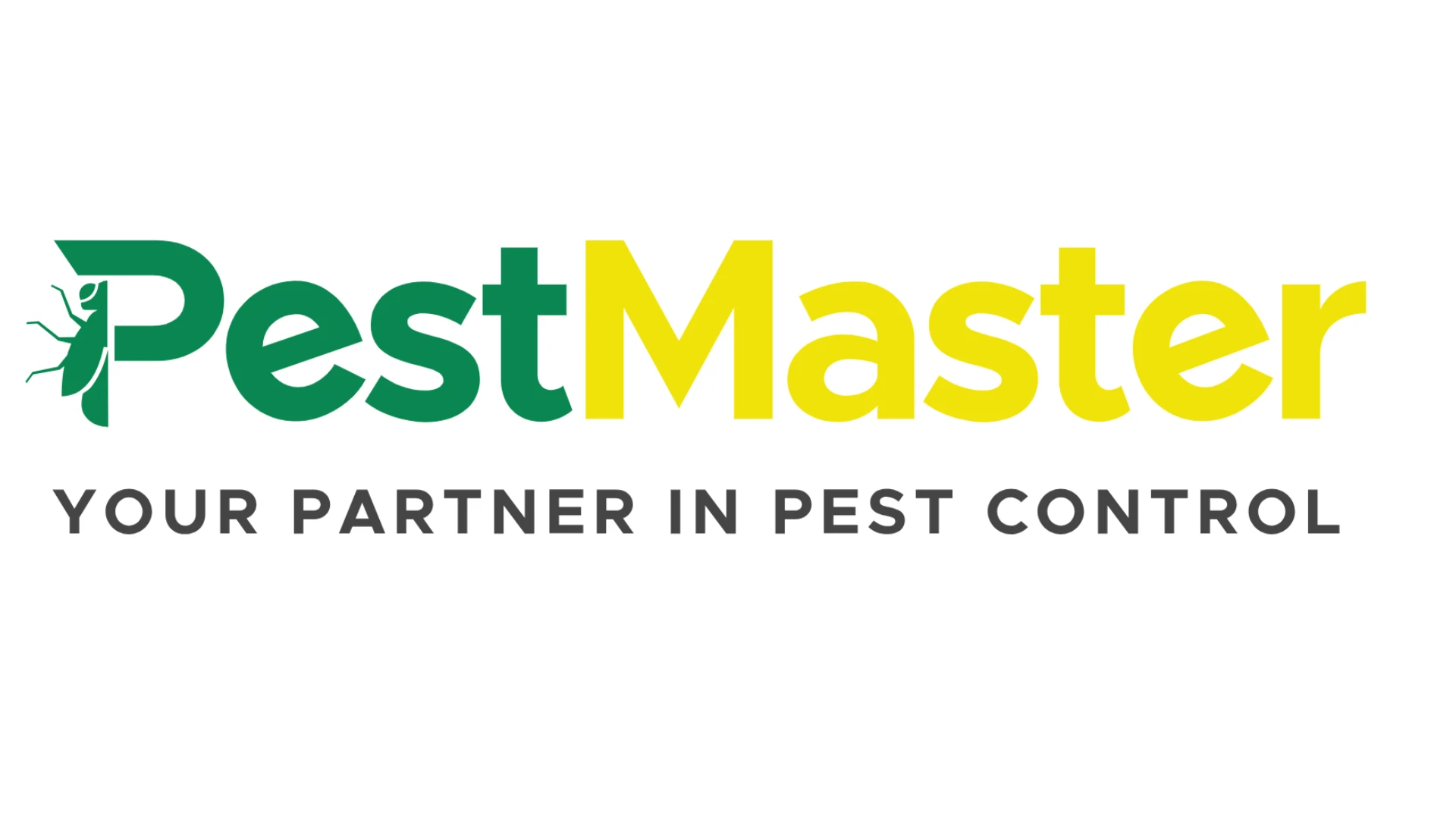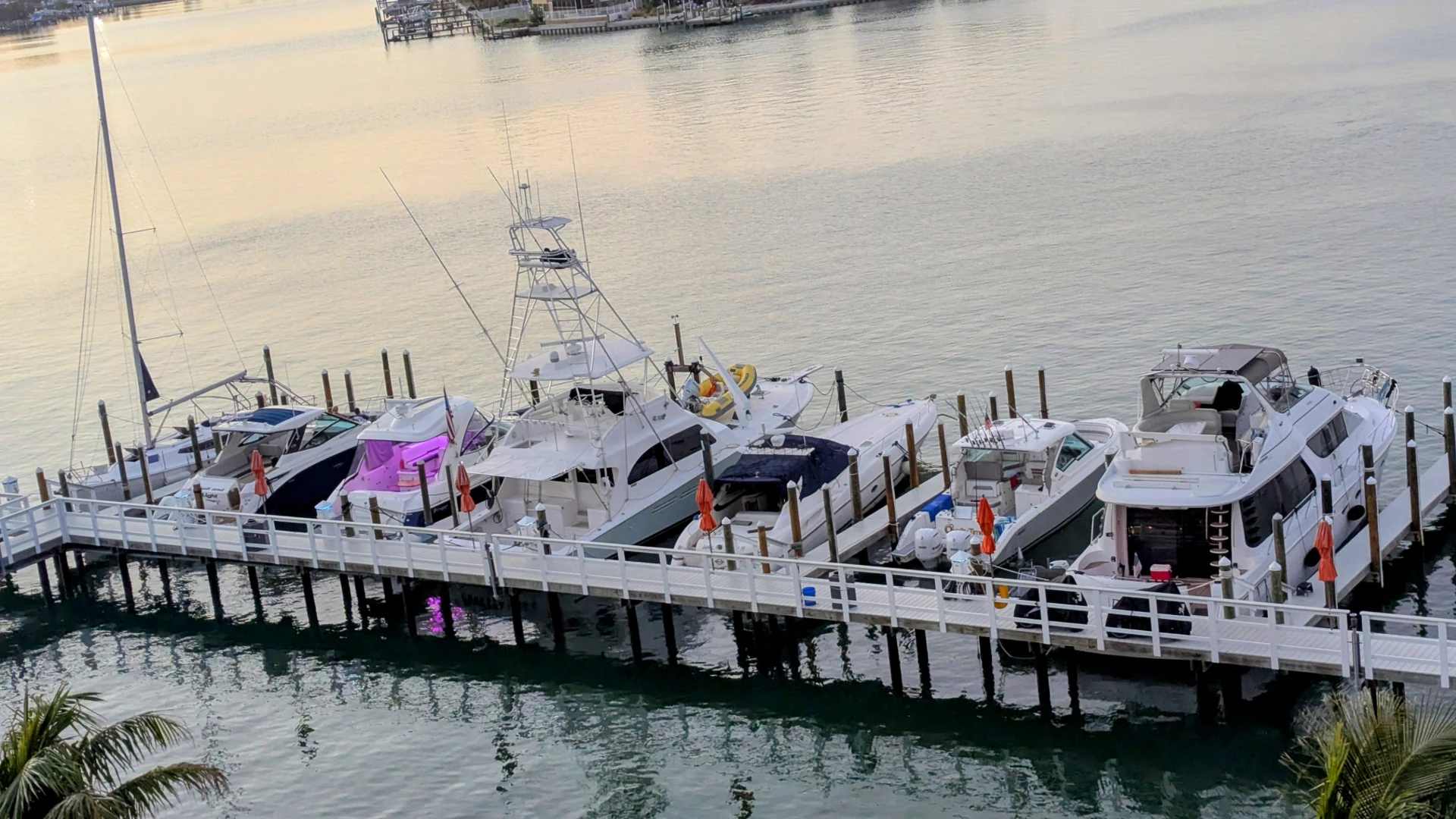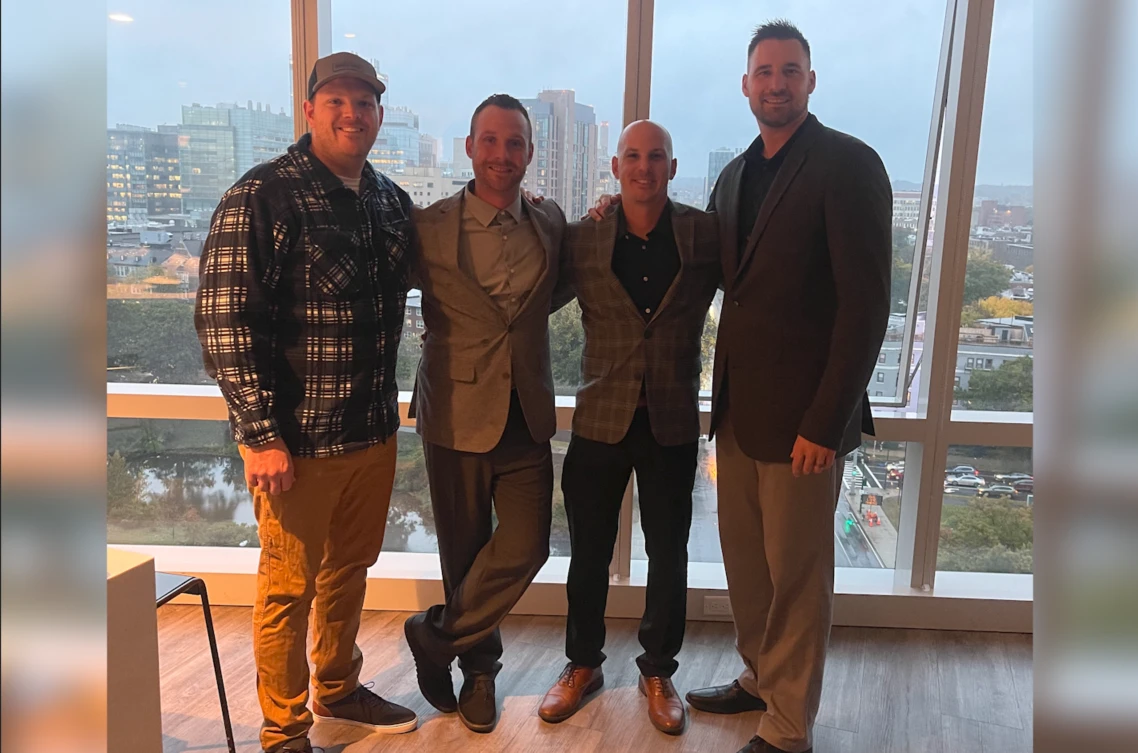Some would argue the validity of telepathy of any kind, but telepathy with termites? It may not be true telepathy, but it’s as close as you can get! Consider this.
Suppose your average client owns a home worth at least $1 million and they suspects drywood termite activity in the ceiling. The homeowners object to a whole-house fumigation and tenting and want a guarantee upon termite treatment. They also want no damage to the structure in the process of treating and inspecting.
Until recently, this scenario would have presented a challenge to any self-respecting pest control owner.
The technology has recently become available to enable pest control companies like Middleton Lawn & Pest Control, Orlando, Fla., and Bestec Exterminators, Hallandale, Fla., to not only meet, but exceed, the expectations of their discriminating customers in a high-tech, non-damaging manner.
Though the technology described here is used to detect and control drywood termites without fumigation or tearing into walls, its application is not limited to just one type of wood-destroying organism. It can be used in cases of carpenter ants, wood borers and nearly any other munching creature of the wood destroying kind.
BASIS OF THE TECHNOLOGY. The basis for this technology is centered on the principle that by seeing, hearing and feeling behind walls without tearing into them to determine the presence of termites, effective precise treatment and follow-up monitoring can be applied.
A pest management professional can learn what’s behind the walls without tearing into drywall or other construction materials in a myriad of ways: by using a microwave detection device like Terma-trac to detect movement, an infrared camera like the Protec IR-100 (both of Protec USA, Coral Gables, Fla.) to detect moisture or an acoustic emission instrument like the AED 2000L (Acoustic Emission Consulting Inc., Fair Oaks, Calif.) to detect sound.
"We receive nothing but positive feedback from all our customers who know that I can walk them through their home and they can actually ‘see’ what the human eye cannot see through the use of the infrared camera," said Bart Bruni, owner of Bestec Exterminators, Hallandale, Fla. "We create a total picture of the house and document how well we’ve done after the treatment so we can quantify the effectiveness of our treatment. Because of the equipment we now use, we offer a $250,000 wood damage guarantee bonded by our insurance company." Bruni incorporates a variety of equipment in his treatment protocols including fiberoptic borescopes, density meters, infrared camera, acoustical detection units and more.
THE EQUIPMENT. Like many tools used in the pest management industry, many of the devices available today originated in other industries, like agriculture.
Listening devices such as the AED 2000L from Acoustic Emission Consulting Inc. were originally developed for industrial applications and the agriculture industry through a Cooperative Research and Development Agreement with the USDA-ARS. The Florida citrus industry, for example, needed a method of detecting diaprepes weevil larva feeding on roots. Thus a specialized adaptation of the AED-2000L instrument with a low frequency probe was born. It’s a sophisticated sound system where sound waves of both audible range and ultrasonic frequencies are detected through a probe placed against or in the wood material. "Termites can be heard over a reasonable distance (3 to 4 feet) and make a fairly loud crackling and popping sound that’s easy to identify," explains John Rodgers of Acoustic Emission Consulting. "This unit works on the same principle as a phonograph needle. It is sensitive to the low frequency sounds of insects chewing on products."
"Without these new technologies, we can only inspect in the best case scenario, 35 percent of a structure and in slabs, only about 25 percent," said Paul Hardy, technical director, Orkin Pest Control, Atlanta, Ga. "What that means is when you perform a conventional inspection on a structure, you have a 75 percent chance of missing something due to it not being visible Technologies build confidence in technicians, customers and the pest control industry."
With the Termatrac, the first of its kind microwave detection device, an LCD readout indicates termite or other insect pest activity in unseen areas such as wall voids, cracks, crevices, air pockets, wood, etc.
The use of an infrared camera and associated software to enhance the photos also enables a pest management professional to see evidence of suspicious areas within a building’s structure. In addition, customers can actually look over the shoulder of the inspector and see the images themselves.
An additional tool being used by inspectors is the Resistograph. It detects damaged wood by inserting a probe through a tiny drilled hole and measures resistance. Printouts are then made which show graphically the extent and location of wood damage caused by the termites.
BENEFITS TO CUSTOMERS. "Using this type of high-tech equipment quickly gains the customer’s confidence as they can actually see the wood and other material structures in their homes and its integrity," Bruni said. "This type of customer service sets you apart from your competition. It doesn’t require that the customer leave the home and involves no tenting or fumigation. The residual material we apply into the galleries that we discover stays there to continue to be active."
Every 90 days, Bestec inspects homes the company has treated. "Over a period of a year, we will see 50 to 80 percent of the interior of walls of a house. We’re also building a database online so our customers can log in and see images of their home and its history. We believe this also builds customer confidence in our service."
Phil Nichols, staff entomologist for Middleton Lawn & Pest Control, said he believes the timing of these innovations is perfect. "We started using scientific equipment for drywood termite control less than a year ago and it’s one of the fastest-growing segments of our business. We receive rave response from our customers who have forgone having control because of the inconvenience of fumigation," Nichols said.
BEYOND DETECTION. Detection is only the first step in the war against drywoods or any other wood-destroying insects. Once drywood termites are detected, there are various methods of applying control materials.
The Mr. Mister system from Really Innovations, Cocoa, Fla., applies borate insecticides to the interior of wall voids, into attics or other surfaces in a small droplet size. This enables the material to quickly absorb into the wood for hungry termites. Used as a preventive or remedial treatment, the system exploits the termites biological needs to eventually eliminate them.
In addition, the Pro Foamer from NPD Products, Barrie, Ontario, Canada, converts liquid insecticides into foam concentrates that can then be injected into the galleries detected by the inspections methods described previously.
ECONOMICS. As with any new technology, the equipment profiled here does not comes cheap, both in dollars spent and as far as a learning curve. However, the companies incorporating this new technology into their protocols said they see definite benefits to both the customer and to the company. The ability to detect where drywood termites are living and then precisely applying materials into their environment is based on the principles of crack and crevice treatment for cockroaches developed in the 1970s.
"This technology enables us to take it to the bugs for real control," said Ray Meyers, RJM Contracting. The most advantageous feature of the technology is that it can be used without damaging a structure to determine precisely where the infestation is located.
The success of these devices depends in large part on the knowledge of the pest management professional about construction techniques, biology and behavior of termites. It requires a thinking pest management professional who uses both high-tech equipment and many human senses to locate, identify and treat for WDIs.
It is time consuming, sometimes costly and does not guarantee to eliminate all termites in a facility. However, for discriminating customers and situations like the medical management company profiled on page 104, it is a viable alternative to traditional treatments. Granted, spot treatments are not new as a technique. What is new is the scientific ability to determine exactly where to make the spot treatment to maximize kill.
The author is owner of Compelling Communications Inc. and can be reached at jvanklaveren@pctonline.com. Her company’s Web site is www.compelcom.com.

Explore the September 2003 Issue
Check out more from this issue and find your next story to read.
Latest from Pest Control Technology
- Scorpion Launches Capacity Marketing Engine
- Petti Pest Control Owners Reflect on Finding Success as a Father-Son Duo
- Effective Mitigation of Crow Infestations
- Mosquito Control: Spraying vs. IPM
- Terminix Service's Leaders Inducted into South Carolina Business Hall of Fame
- Christner on Colorado's Preemption Roll Back on Business Growth
- How to Get Rid of Odorous House Ants
- Massey Services Promotes Herndon to Director of Sales for Multi-Family Division





